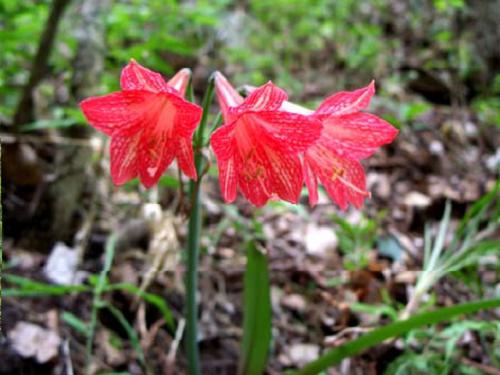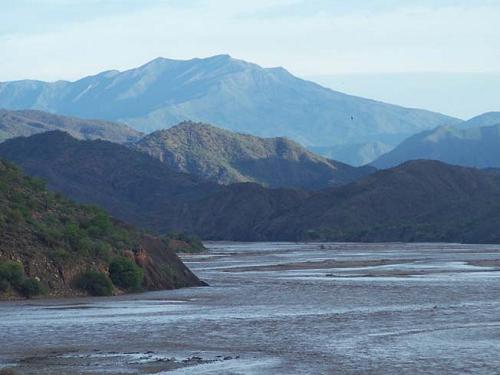María Teresa Vargas Ríos
This initiative will create a new model for conservation in Latin America: decentralized park management that puts local governments in charge, and allows them to use incentives, market-based management tools, and business planning models to improve local livelihoods, protect the biological asset base, and maximize revenues.

The 57 000 km2 Río Grande catchment is one of Bolivia’s most important watersheds. Its cloud-forested slopes supply important irrigation water to lowland rice and soy growers, though in recent years catastrophic floods have decimated downstream agricultural production. These valleys are part of the mega-diverse Vilcabamba-Amboró biological corridor and home to an impressive diversity of fauna and fauna, including the endemic red fronted macaw (Ara rubrogenys). The area is also rich in cultural history, not least as the site of the last stand of revolutionary guerilla Ernesto “Che” Guevara. With support from the Fundación Natura Bolivia, the Santa Cruz Departmental Government created the Río Grande-Che Guevara Protected Area in March 2007, which will function:

1) To conserve biological diversity, maintain water supplies and minimize the impact of future flooding;
2) As a self-sustaining vehicle to improve local livelihoods;
3) As a model for payments for watershed services schemes for Bolivia and the international community.
As neither national nor departmental governments have the funds to support the sustainable management of a new protected area, Natura is working with local government to ensure that the reserve is designed from the outset for financial self-sustainability. This project will demonstrate to Latin America that under-funded, centralized, and failing “paper-park” protected areas are not the only option. Natura has identified three potential income sources for the reserve:
· Payments for watershed services (PWS);
· Tourism revenues; and
· Payments for carbon sequestration.
The PWS scheme in Río Grande will be a scaled-up version of Natura’s successful pilot experience in neighbouring Pampagrande, where downstream communities are compensating upstream communities for the opportunity cost of not deforesting land for agriculture. Inter-community negotiations determined that “payments” should take the form of one bee box and training in honey production for every 10 hectares of water-producing cloud forest protected by upstream landowners.
Currently, 46 landowners are protecting 2774 ha of native vegetation. Scaling up to Río Grande will involve perhaps 12 000 families in six municipalities, which will allow the project to benefit many of the 26 000 inhabitants of one of the five poorest provinces in Santa Cruz. With Rufford Foundation support, this initiative will show that management plans that treat parks as a cost to society can—and in many cases should—be replaced by business plans that treat protected areas as valuable, revenue-generating assets.